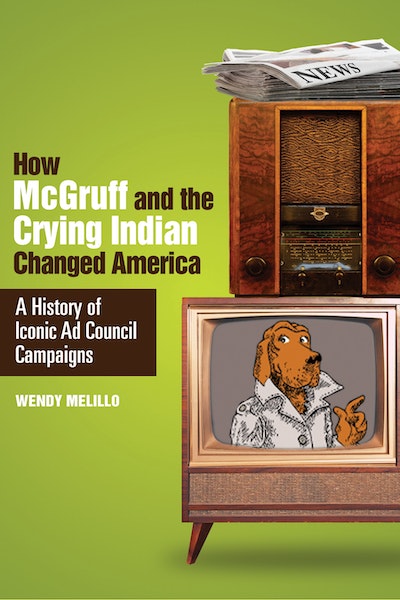Pulitzer Prize nominated journalist Wendy Melillo authors the first book to explore the history of the Ad Council and the campaigns that brought public service announcements to the nation through the mass media.
How McGruff and the Crying Indian Changed America: A History of Iconic Ad Council Campaigns details how public service advertising campaigns became part of our national conversation and changed us as a society. The Ad Council began during World War II as a propaganda arm of President Roosevelt's administration to preserve its business interests. Happily for the ad industry, it was a double play: the government got top-notch work; the industry got an insider relationship that proved useful when warding off regulation. From Rosie the Riveter to Smokey Bear to McGruff the Crime Dog, How McGruff and the Crying Indian Changed America explores the issues and campaigns that have been paramount to the nation's collective memory and looks at challenges facing public service campaigns in the current media environment.



